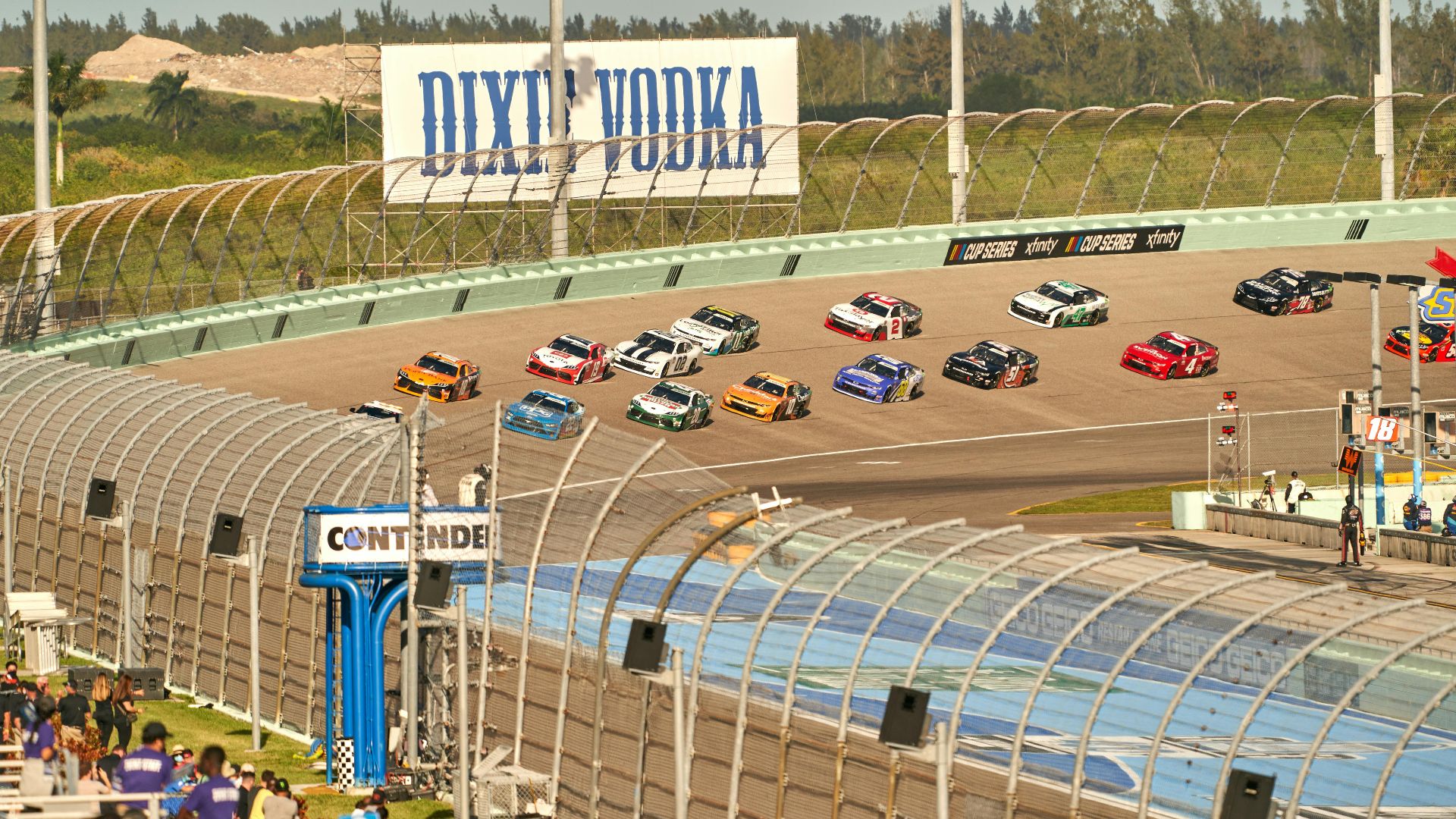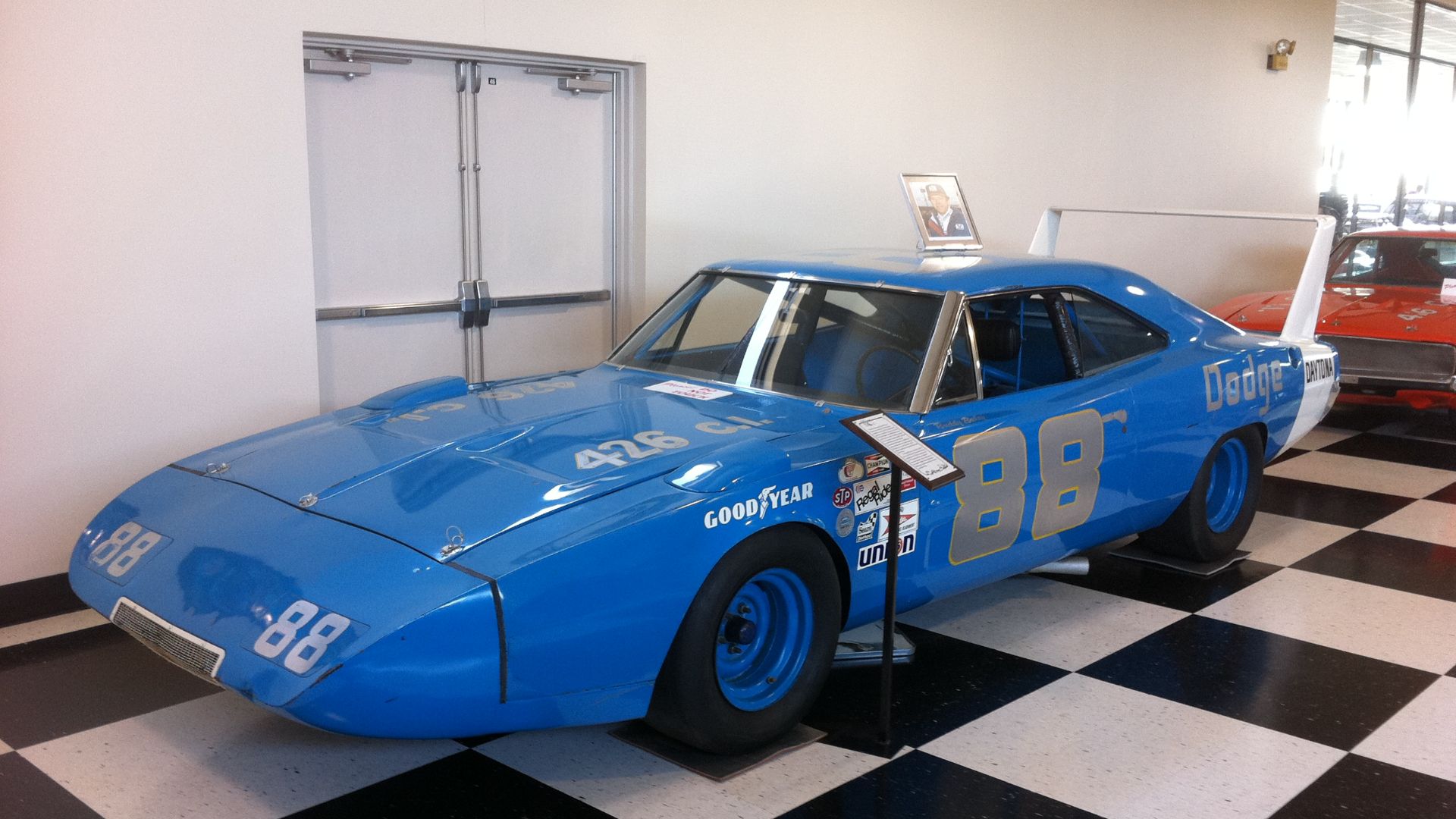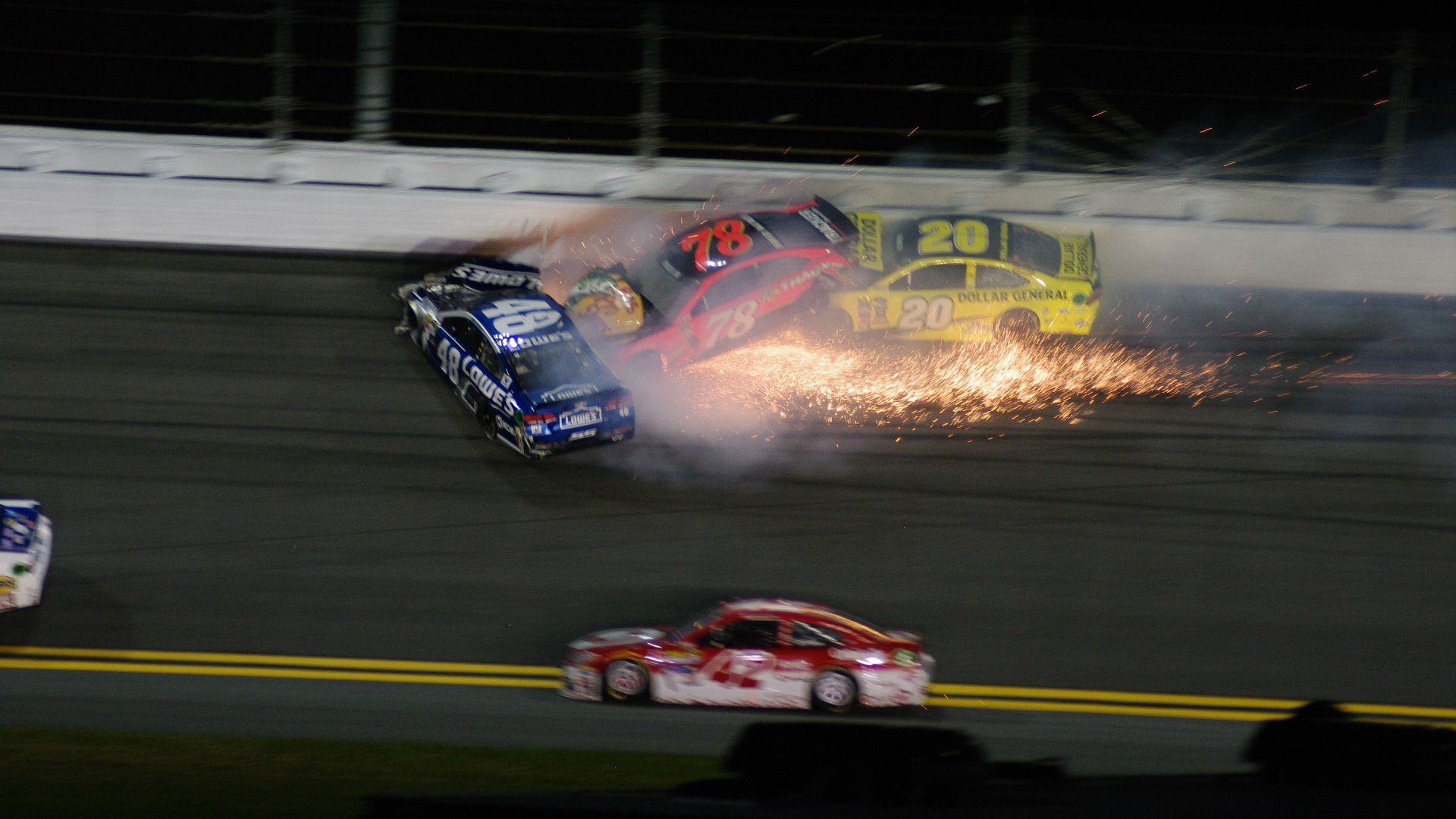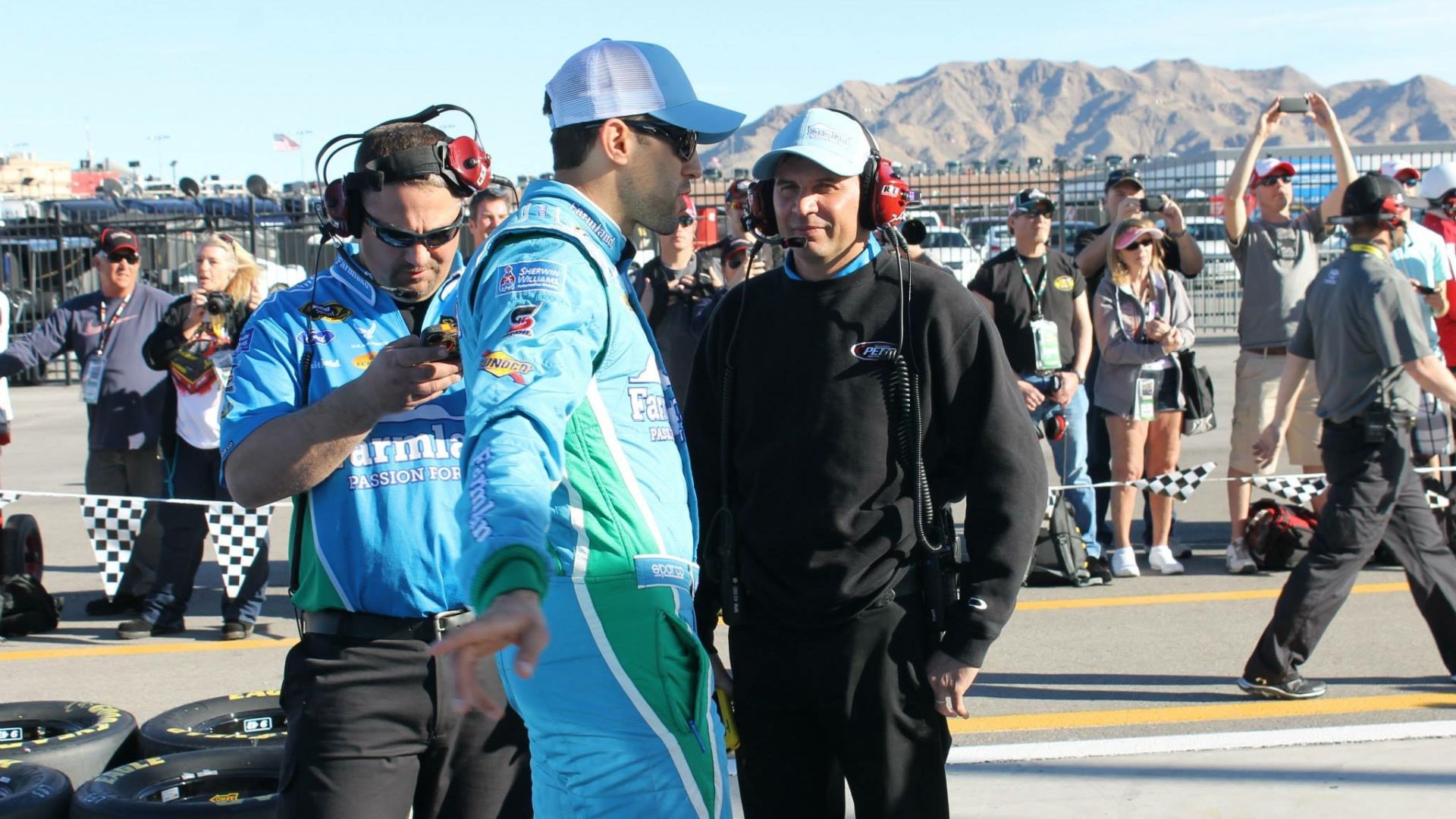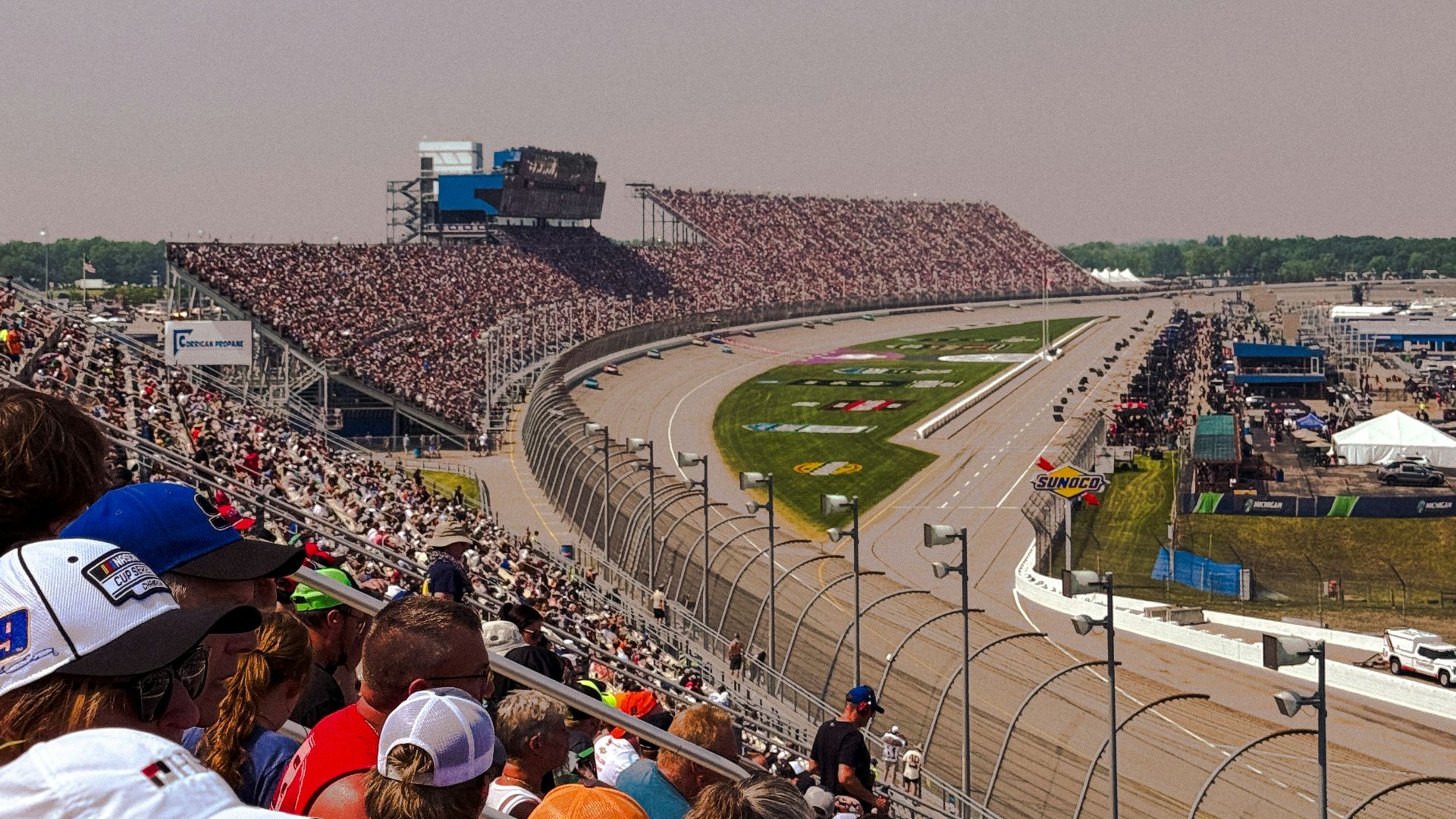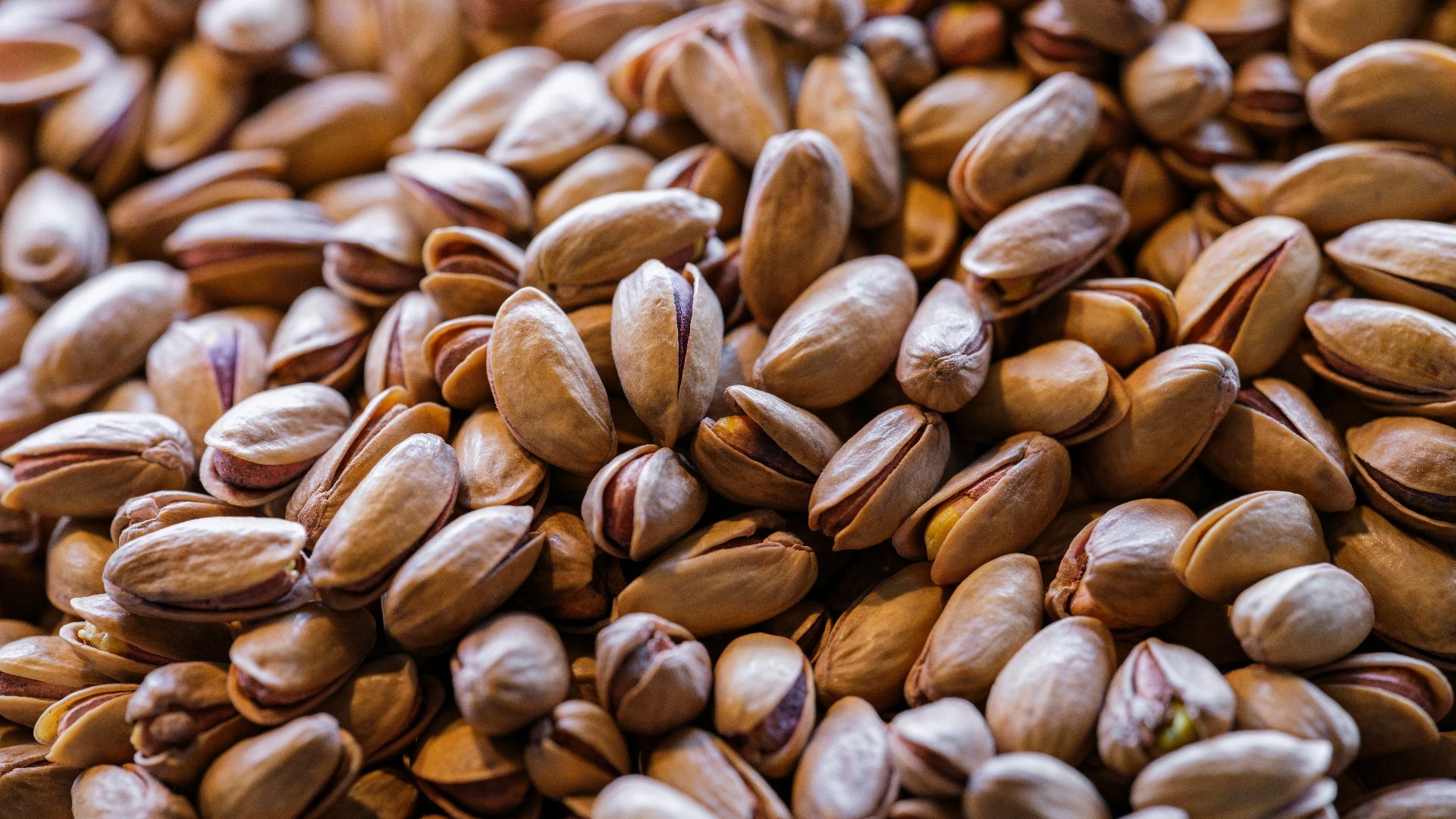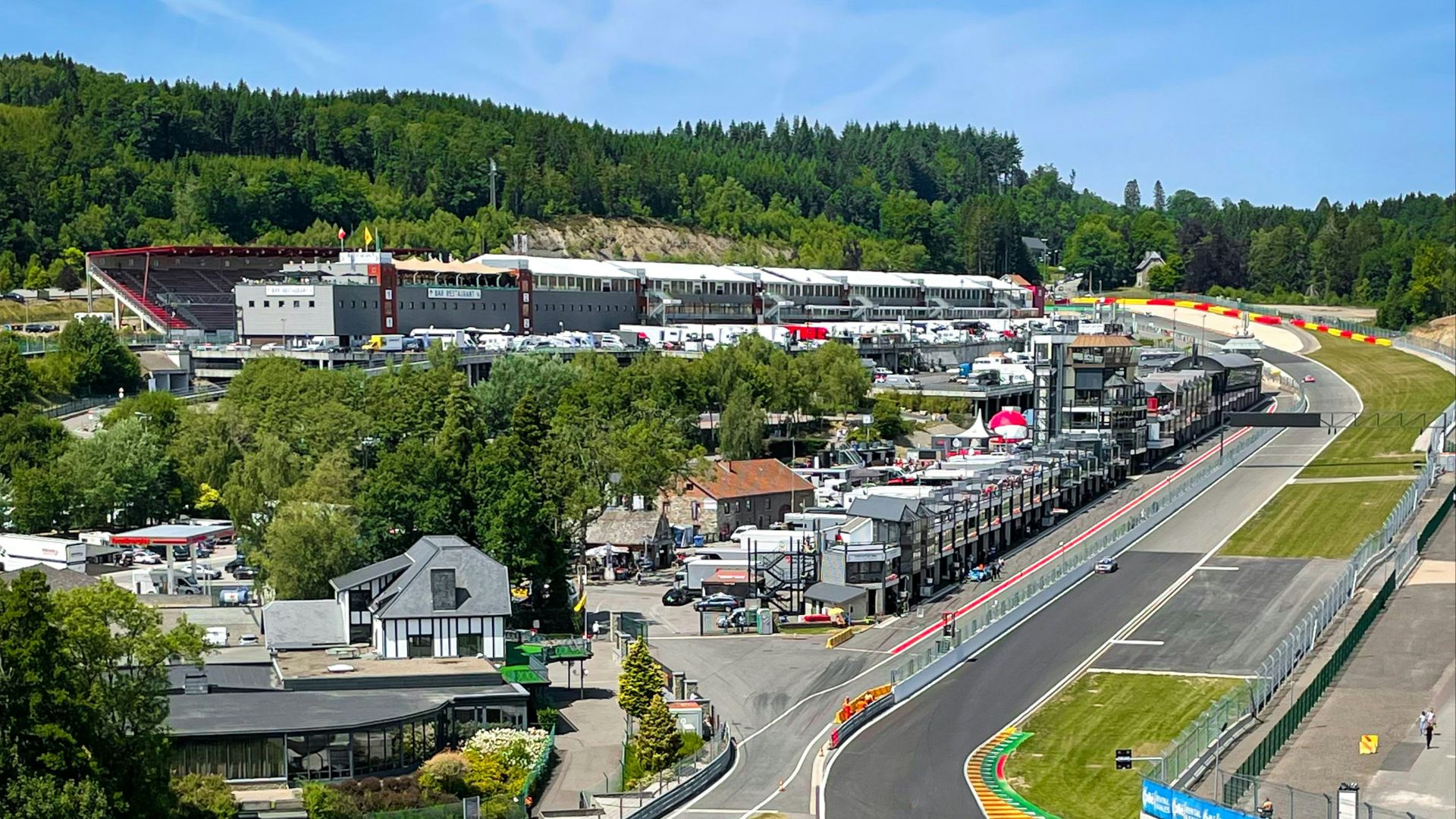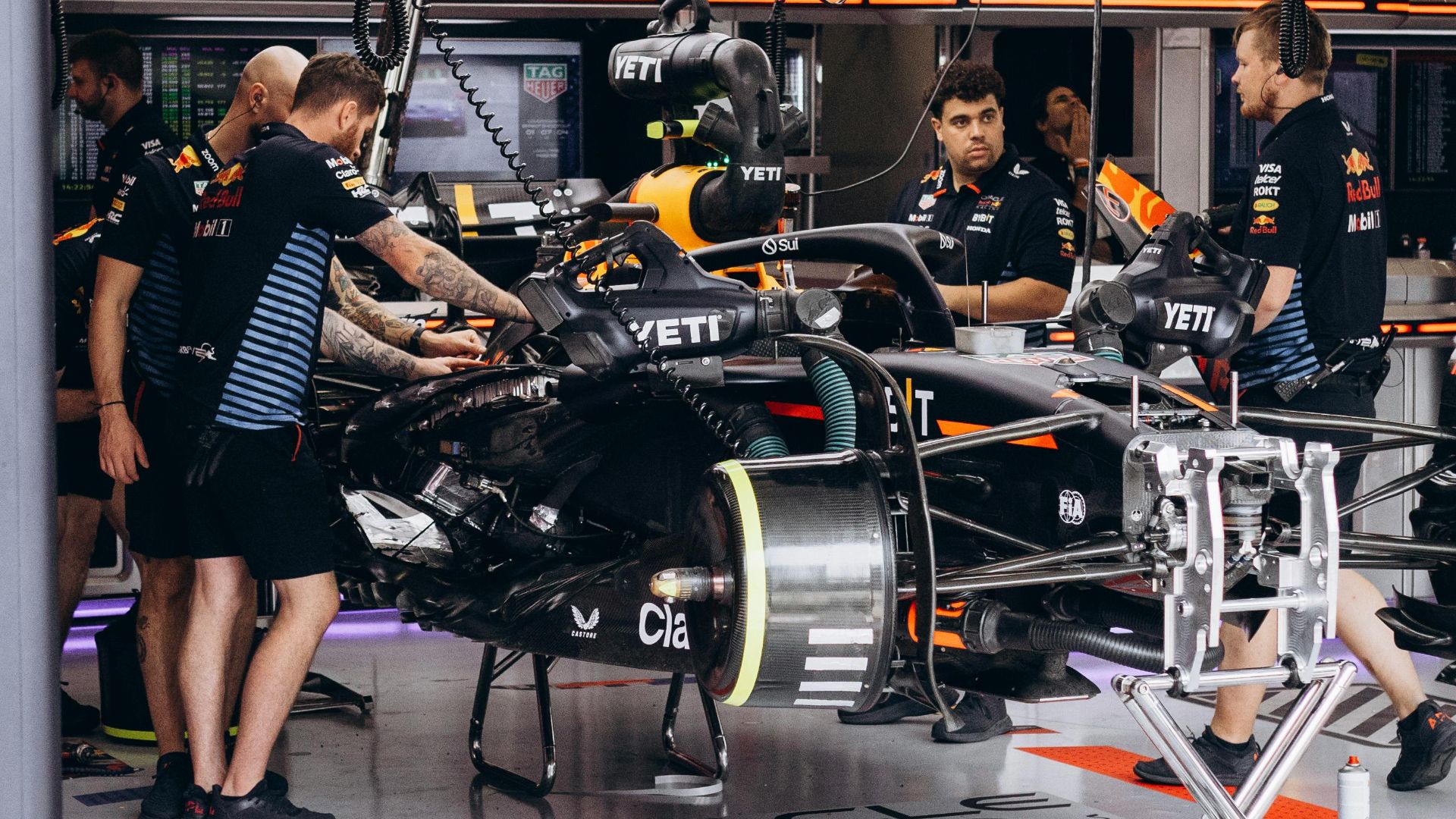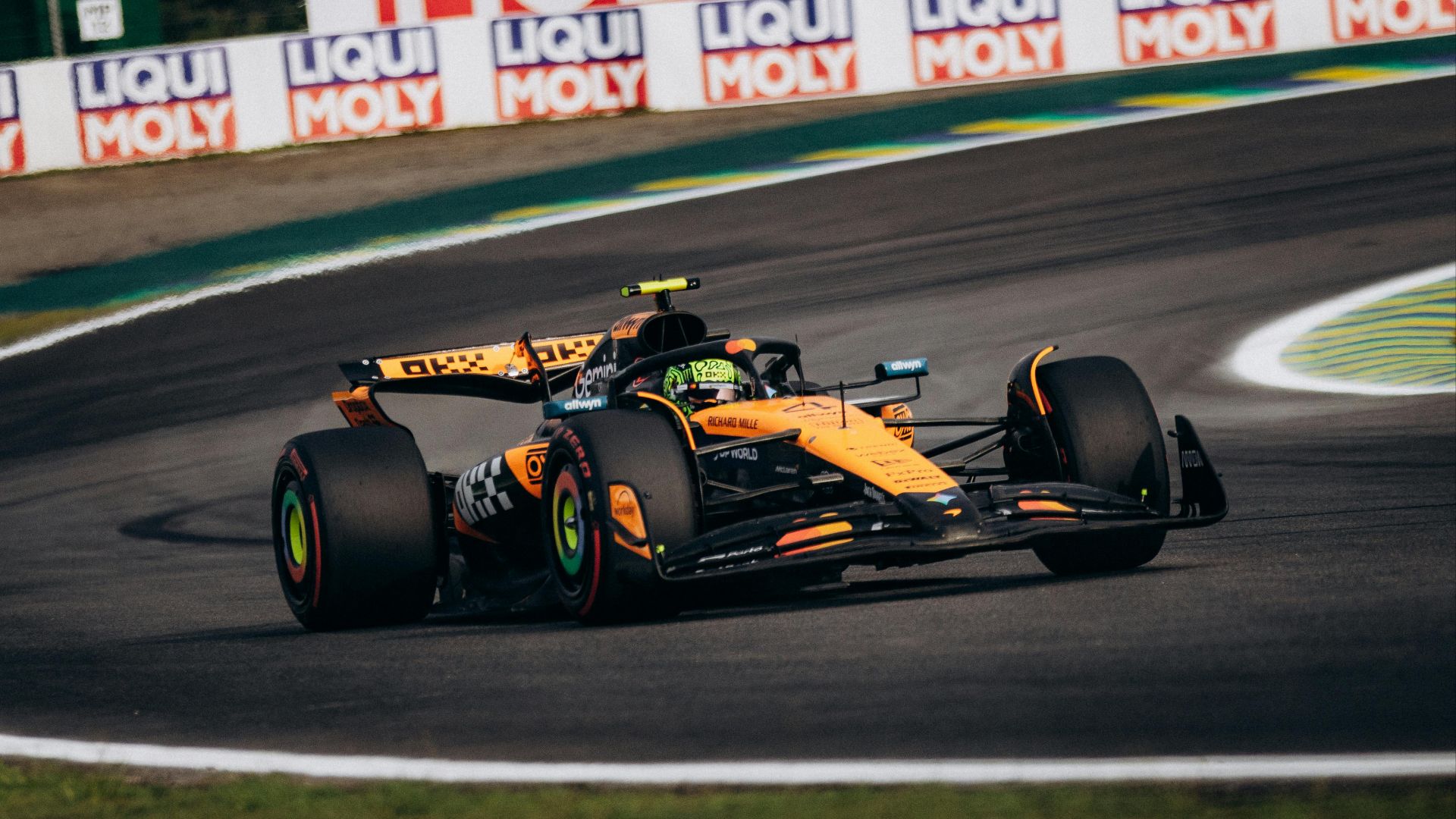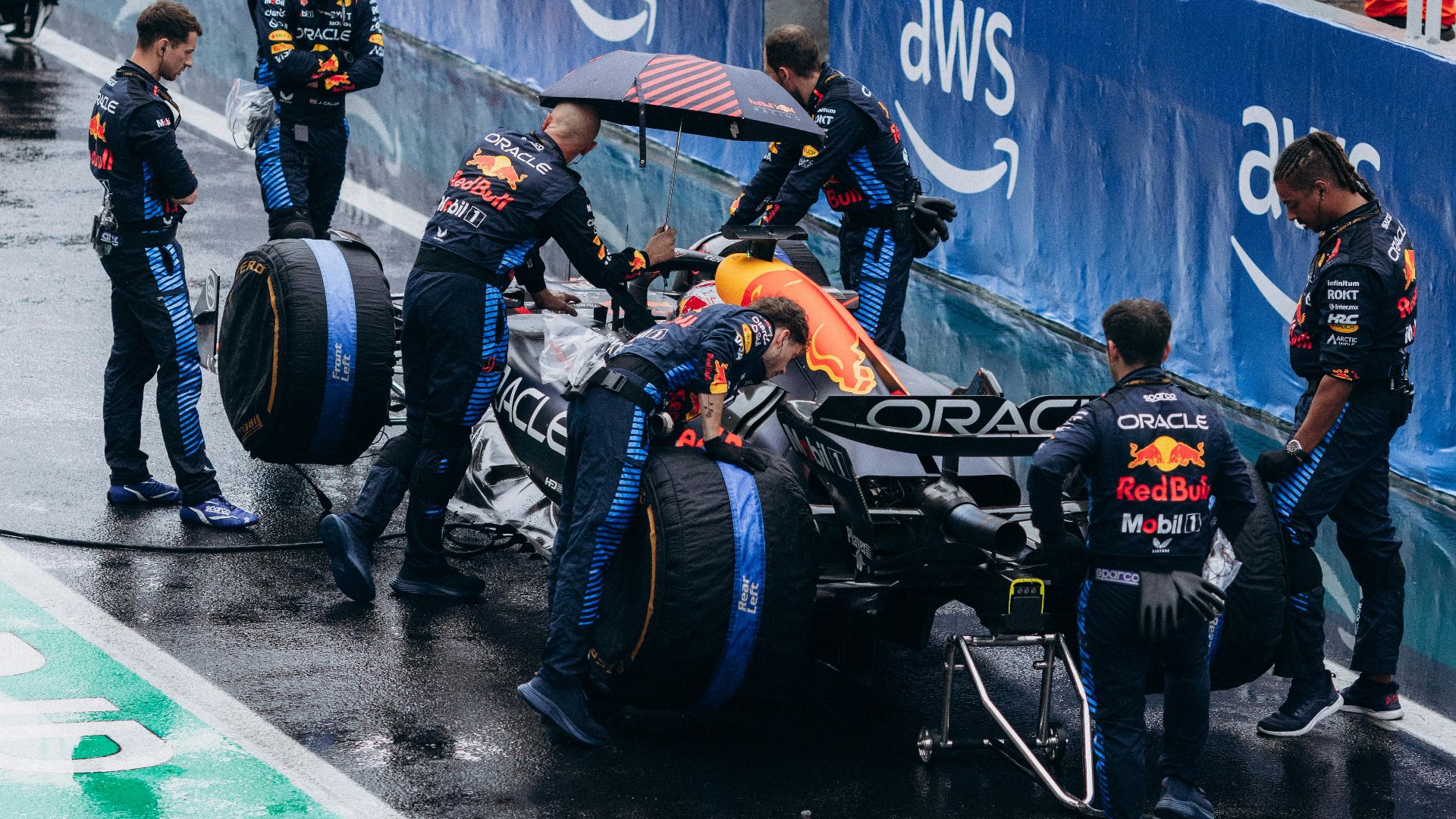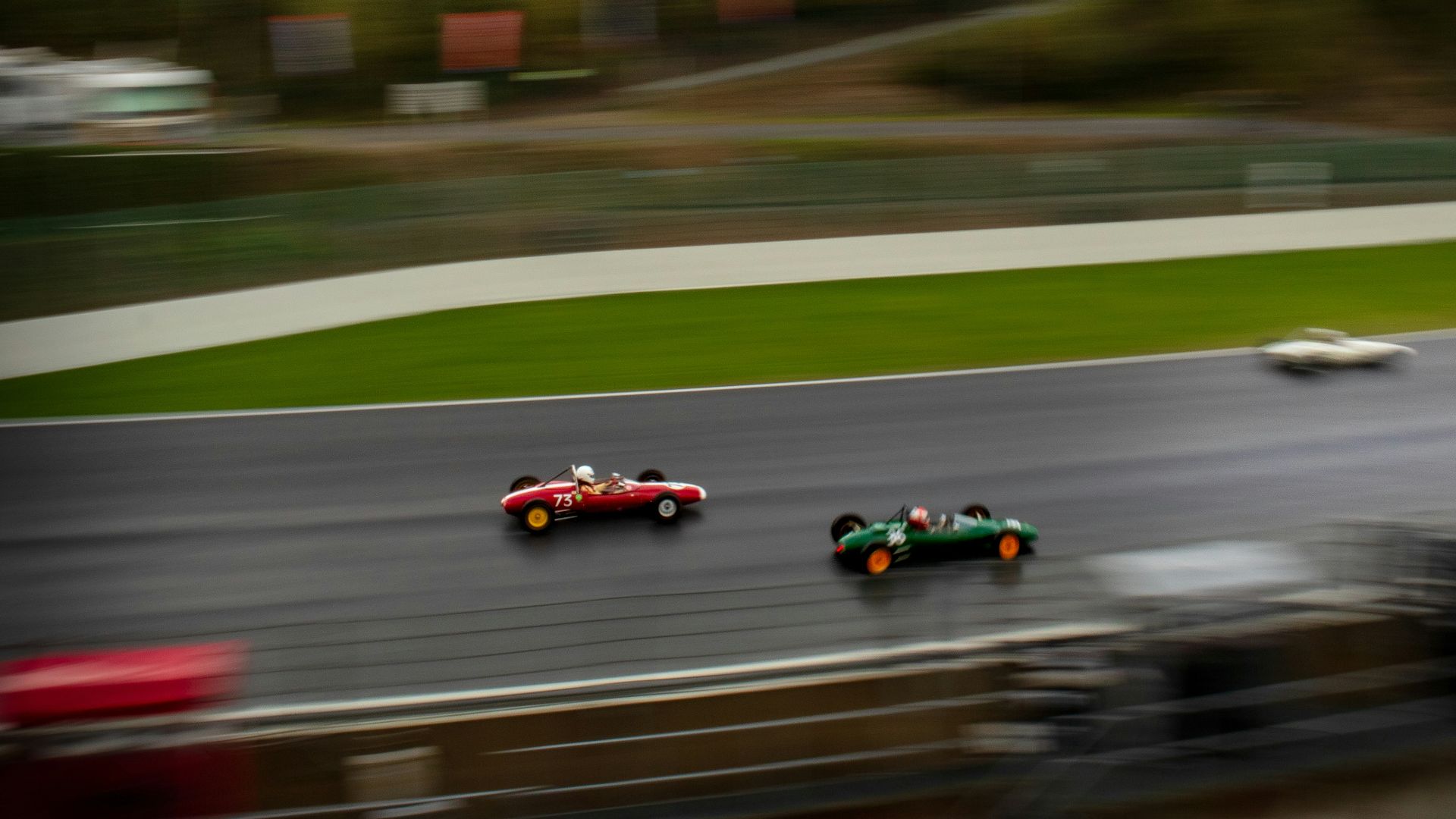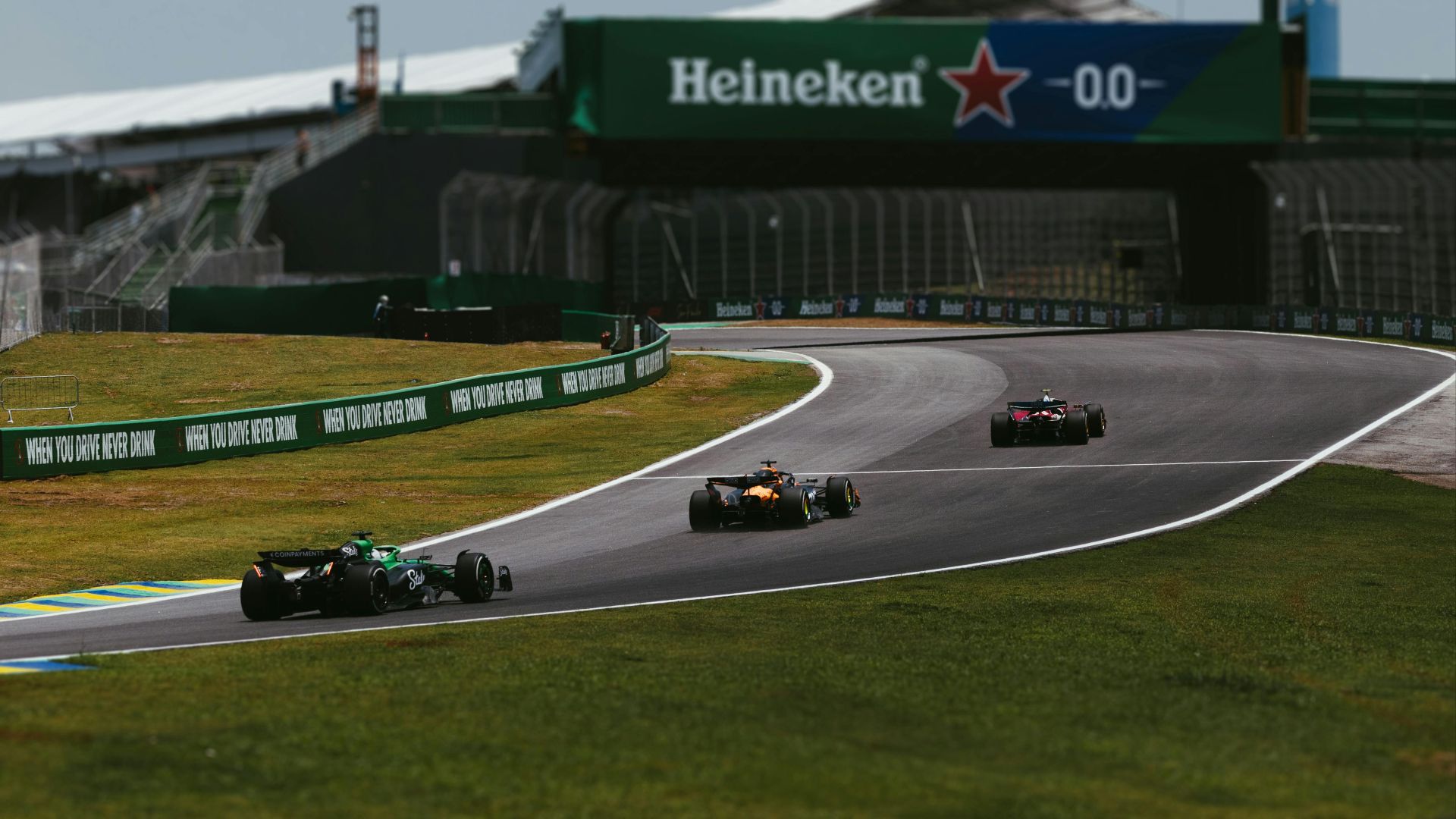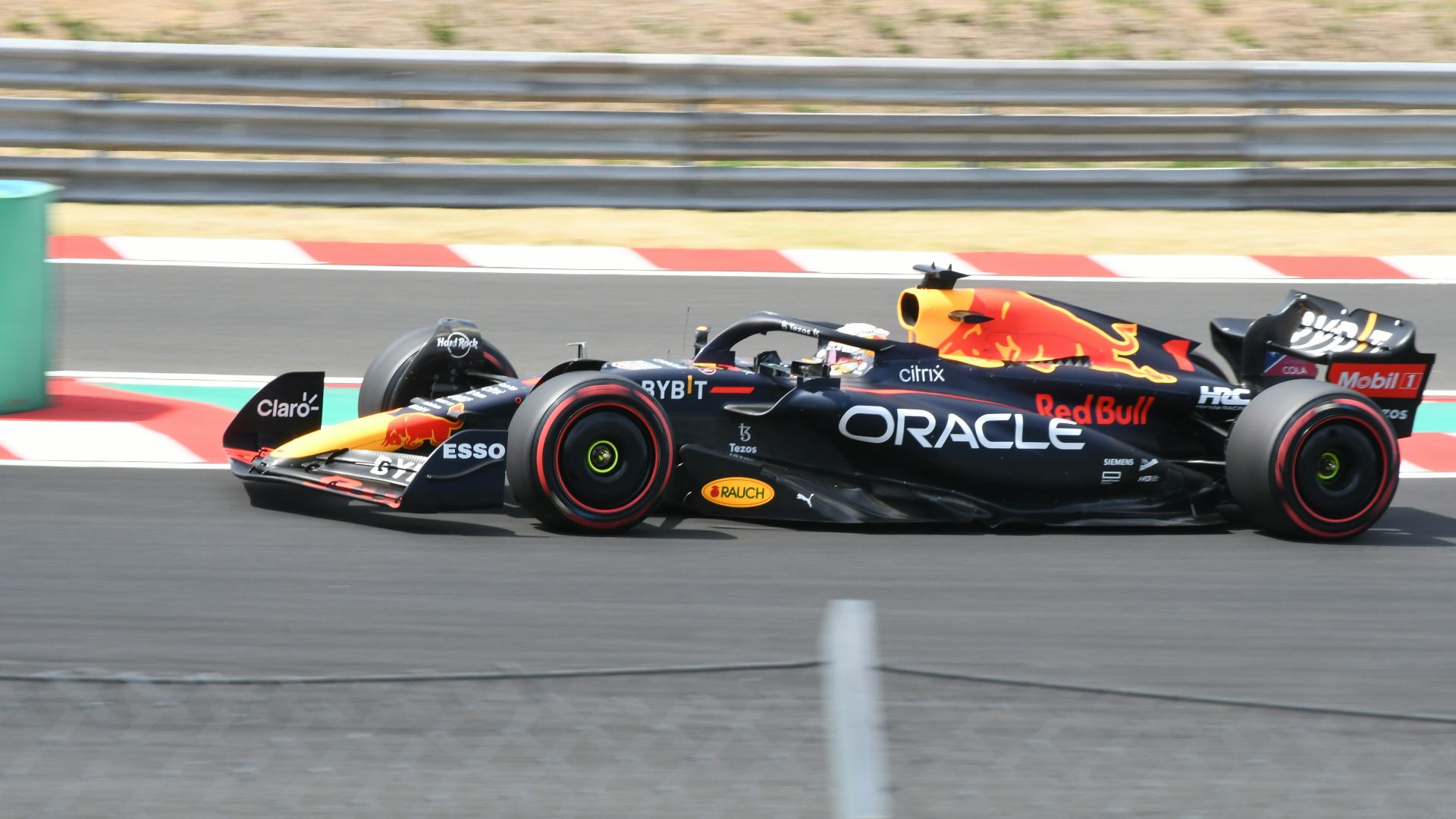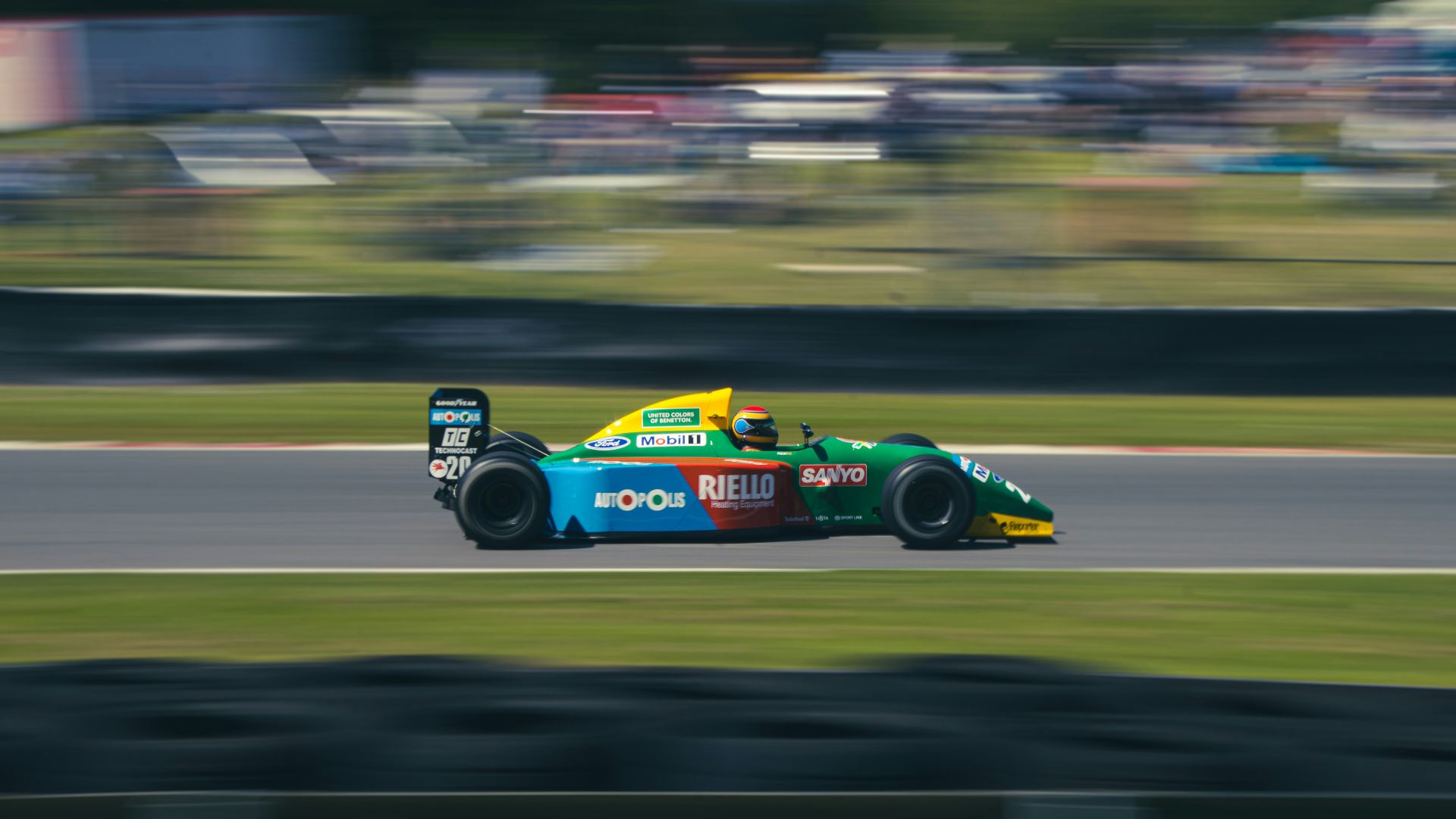The Best Of Both Worlds
There is an age-old rivalry between these famous motorsports, with die-hard fans on either side arguing over which one is better. We say, Why fight? There is plenty to love about both sports, and really, it boils down to one thing: the love of going fast. If you’re partial to one sport over the other, consider putting yourself in the other side’s shoes.
1. The History
NASCAR is deeply rooted in American culture, appearing in 1948 as a response to the Prohibition era, where moonshine runners transported illegal alcohol with modified vehicles. These simple beginnings led the sport into the multi-billion-dollar industry it is today.
2. The Gore
It’s human nature to be attracted to the darker aspects of any side of life, and NASCAR is no exception. There are many infamous accidents throughout the history of the sport, including the Daytona 500 crash that killed Dale Earnhardt, the 31-car pileup at Talladega in 2002, and the 2007 Daytona race where Clint Bowyer slid across the finish line upside down.
3. Strategy
For many, learning what strategies each team implements is just as fun as the race itself. Understanding the mechanics of drafting, pit-stop timing, and the fine line of managing aggression and safety during the race is crucial for racers and enjoyable for onlookers.
4. Rivalries
People love having something to fight for, and sporting events are no exception. You can feel the electricity among the stands when a famous team or duo goes head-to-head. Busch vs. Spencer, Edwards vs. Kaselowski, Earnhardt vs. Gordon, or even the car manufacturers Chevrolet and Ford play a role in making this sport so exciting.
5. The Sounds
You know them, you love them. The loud rumble and whoosh as cars speed by are nearly synonymous with the sport, and summon crystal clear mental images of racers speeding around that circular track.
6. The Traditions
Like any sport or holiday, traditions are the backbone of the event. From kissing the bricks at Indianapolis Motor Speedway, victory lane burnouts, to the famous “Drivers, start your engines” you hear at the beginning of every race.
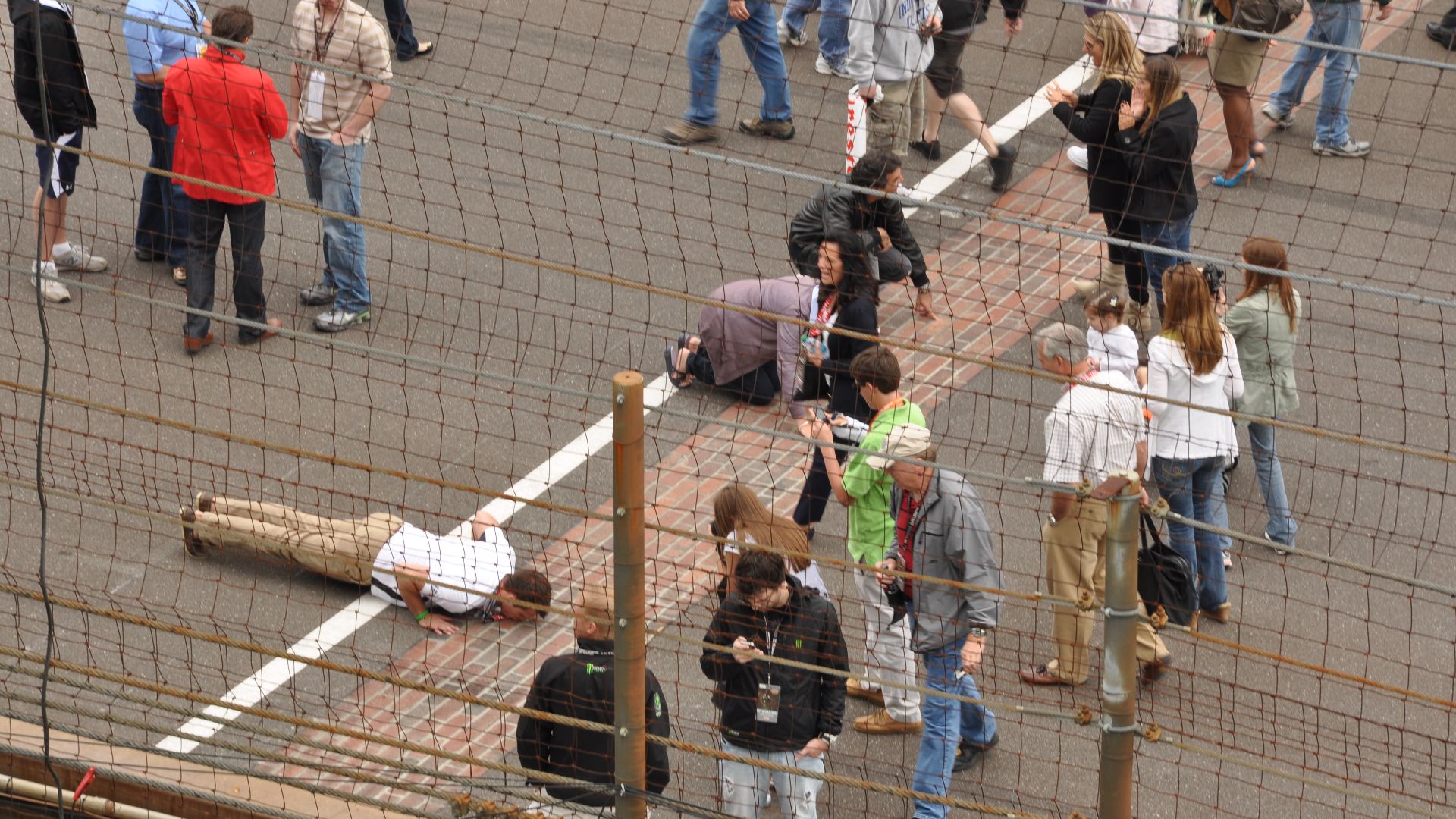 momentcaptured1 from NYC, USA on Wikimedia
momentcaptured1 from NYC, USA on Wikimedia
7. “If You’re Not Cheating, You’re Not Trying”
NASCAR drivers have a flair for the dramatic, finding new and creative ways to try and get ahead. It’s common for drivers to manipulate fuel tank capacity, car parts, or secretly adjust weight and aerodynamics. It’s actually a unique way to honor the sport’s heritage, if you really think about it.
8. The Length
NASCAR races can last anywhere from 3 to 5 hours, making it an ultimate test of stamina, endurance, and long-term strategy for the drivers. For onlookers, it's an opportunity to spend the day fully immersed in their favorite motorsport, enjoying a hot dog and a cold one with friends and family during the lulls.
9. Restarts
In NASCAR, the competition could change at the drop of a hat. Restarts create a little bit of chaos on the track, allowing drivers to make aggressive moves and reset the playing field, making the high-tension moment exciting for fans.
10. Superstitions
For drivers, wearing or avoiding certain items can play a role in how you perform. For drivers, avoiding green cars, the number 13, peanut shells, and $50 bills are common superstitions. If a racer did well the previous day, they may wear the same shirt or incorporate a good luck token into their car’s interior.
1. The Luxury
F1 is considered one of the most expensive sports in the world, often due to its associations with luxury car brands, high-end sponsorships, and the racers’ multi-million dollar salaries. Everything about this sport just screams expensive, making it appealing for the rest of us.
 https://www.flickr.com/photos/69527563@N05/43741848941/ on Wikimedia
https://www.flickr.com/photos/69527563@N05/43741848941/ on Wikimedia
2. The Track Variation
The tracks for F1 have different layouts, elevation changes, and environmental factors, making each race its own mystery to be solved. It’s especially exciting to see cars race among famous city streets, which makes the sport feel more immersive to the spectators.
3. Done Globally
F1 is a global sport, with its grand prix taking teams from the UK to Saudi Arabia, Canada, Spain, Italy, Brazil, and so on and so forth. This not only adds a layer of strategy to each race but also allows fans from all over the world the opportunity to watch in person.
4. The Actual Formula
The “formula” in Formula 1 actually refers to a specific set of rules that must be followed when teams are building their cars. This means that every car has specific safety and performance standards, but still allows teams to get creative with vehicle design. Keeping the playing field as level as possible makes for tighter-knit races.
5. The Skill
While both NASCAR and F1 drivers have an impressive skill set, the combination of varying tracks means F1 drivers are constantly having to analyze their environment, making sure to shift speed at exactly the right time to avoid crashing or spinning out.
6. The Pit Stops
There’s a reason why F1 races have a pit stop timer when you’re watching on TV, and that’s due to the sheer speed at which pit teams operate. F1 pit teams are quite large, with each person having a designated job. The elegant swiftness performed in the pit is a marvel in its own right.
7. Time Of Races
Most F1 races are around 2 hours in length, which allows folks at home to go about their day without too much interference. Unless, of course, you’re watching the Le Mans race, where teams race to see how much distance they can cover in 24 hours. Le Mans is considered one of the most prestigious races in motorsports.
8. Hypercompetition
The facing in F1 is relentless, requiring the full team's attention to even the smallest of changes. Any advantage a racer can get is temporary and usually only occurs at specific points on any given track. This means that racers have to stay on their toes to find that perfect spot to get ahead.
9. The Tension
While we may be watching on TV, each F1 race is a multi-day event, usually consisting of circuit training and qualifying sessions before the race itself. These pre-race day events help fans understand where their favorite drivers will be placed in the starting grid, building up the excitement before the race begins.
10. The Speed
Despite what people may think, there isn’t a huge difference in speed between NASCAR and F1, with both vehicle styles usually hovering around 200 mp/h. That said, F1 cars can reach speeds of up to 230 mp/h on the right, often with a better acceleration time and a lighter vehicle weight.


